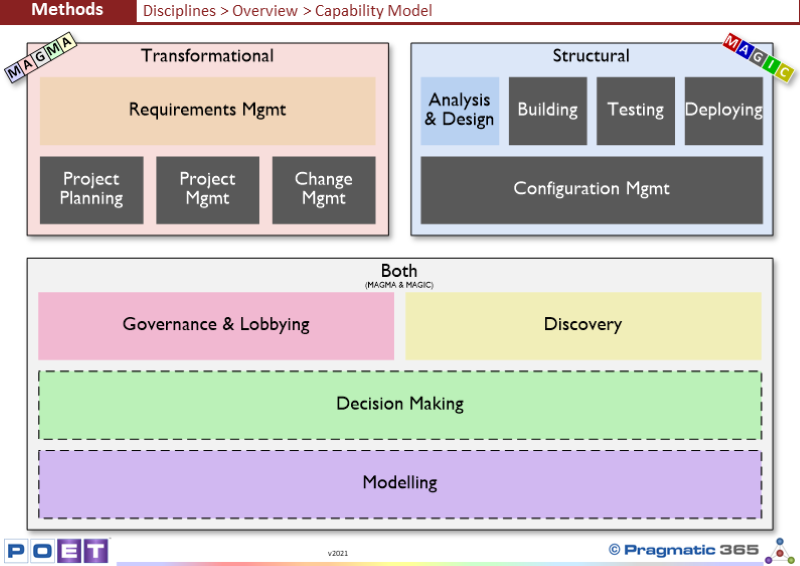
Here we present the Capability Model for the Transformation
Capability of the Enterprise.
When talking about Capability Models, most Enterprises only
consider the O part of DOTS, that is, they only consider the Capabilities
required for the Operation part of the Enterprise.
While the Capabilities required for the Operation part of
the Enterprise are of paramount importance (for it is those Capabilities which
perform the actions that the Enterprise was created to perform, e.g. banking,
drilling oil wells, providing healthcare services, etc) we must not forget the
other strategically important Capabilities of the Enterprise such as the Capability
we are concerned with here, aka the Transformation Capability of the
Enterprise.
...to read more, please Login or Register